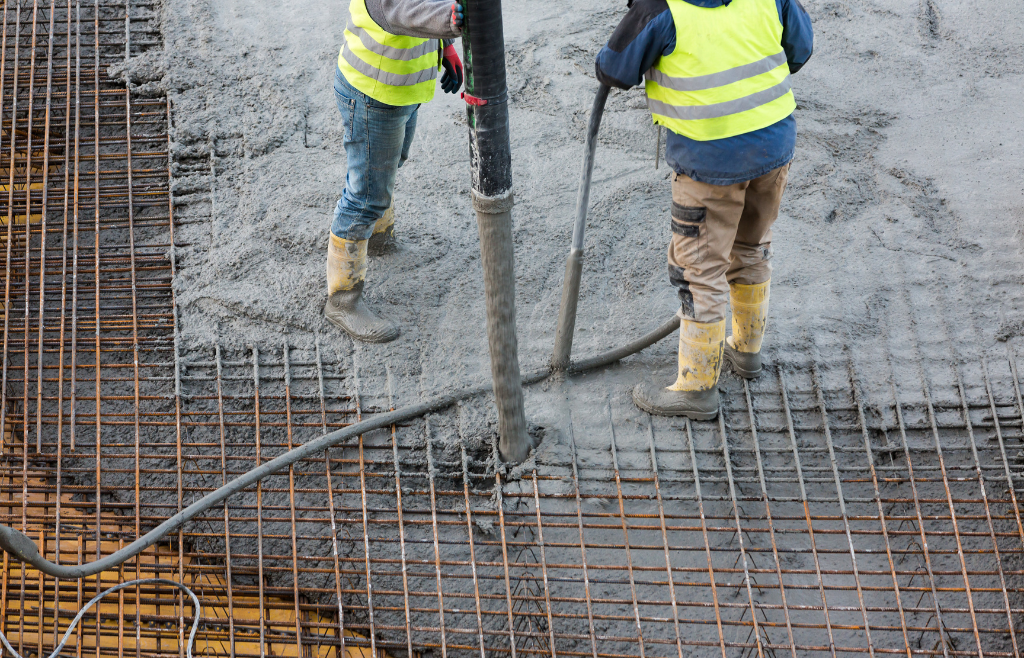
Concrete is a common construction material and has been used for many years. It is strong, durable, weatherproof, and most important of all, cheap – making it a popular choice for many building projects. However, while concrete is extremely durable and reliable when installed correctly, it is susceptible to certain failure mechanisms. As such, a structural engineer must carefully consider these issues when designing a structure to ensure it is as safe as possible.
One common failure that structural engineers must take into account is concrete anchor rod failure. Concrete anchors are commonly used in both residential and commercial structures to secure structural components to the concrete foundation. Because these anchors are exposed to the foundation, engineers must carefully consider the failure mechanism of the anchors. While we hope they never fail, it’s important to plan as if they will, so that we know the structure is solid even if one point fails.
For example, one of the most common failures associated with concrete anchors is rust penetration, which occurs when the anchor begins to rust due to exposure to moisture and soil chemicals. The rust eventually eats through the steel, causing an “eye” to form in the anchor. This eye eventually ruptures, and the steel then fails, causing the anchor to fail. While rust penetration can occur regardless of the material from which the anchor is made, stainless steel anchors are more resistant to this failure mechanism than galvanized anchors.
Concrete anchors may also fail due to concrete cracking, wherein the concrete anchor rod fails by pulling out of the concrete substrate. This failure is most common in cracked concrete, such as that found at the bottom of a foundation. Post-installed anchors often experience this failure mechanism, as they are not designed to penetrate as far into the concrete foundation.
Other failure mechanisms include “pullout”, “bending”, and “torsion.” These are the result of stresses exceeding the strength of the anchorage. In the case of all three, the anchors or the concrete substrate they were placed into (or both) may be damaged – or not rated for the forces they are subjected to in the first place.
To prevent this type of failure from occurring, an engineer must carefully evaluate the stress states in the system – particularly for newly-designed systems or those undergoing significant modifications. They can then employ structural analysis tools to determine the appropriate amount of force for each component of the system and ensure that it remains within the capabilities of the individual components and the structural system as a whole.
By carefully taking into consideration all of the variables involved, structural engineers can ensure a durable and long-lasting structure – regardless of what material is used. Although concrete may be cheap, it’s still a great material to use for your next building project. If you need an expert to inspect a concrete structure, contact DDA Engineers today at (305) 666-0711 to see how we can help.
DDA Engineers, P.A.
Latest posts by DDA Engineers, P.A. (see all)
- Project Delivery Methods to Consider - April 15, 2024

